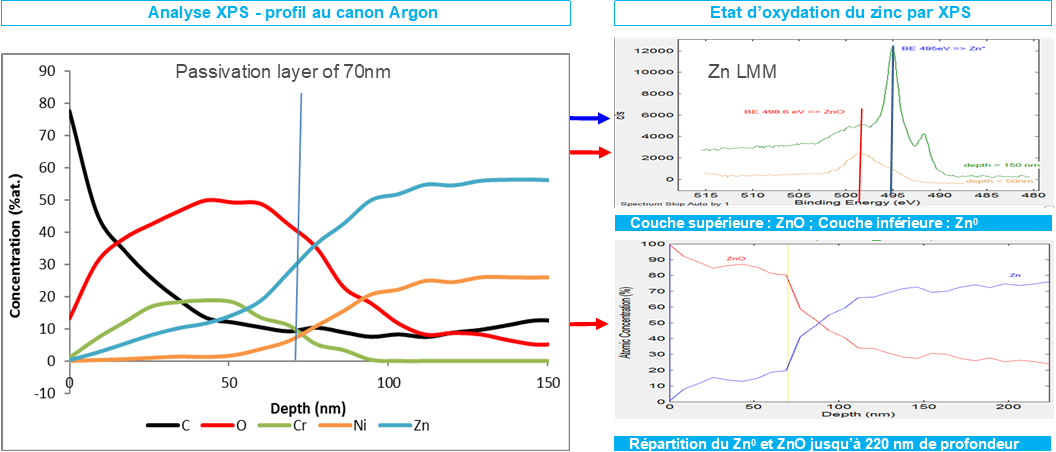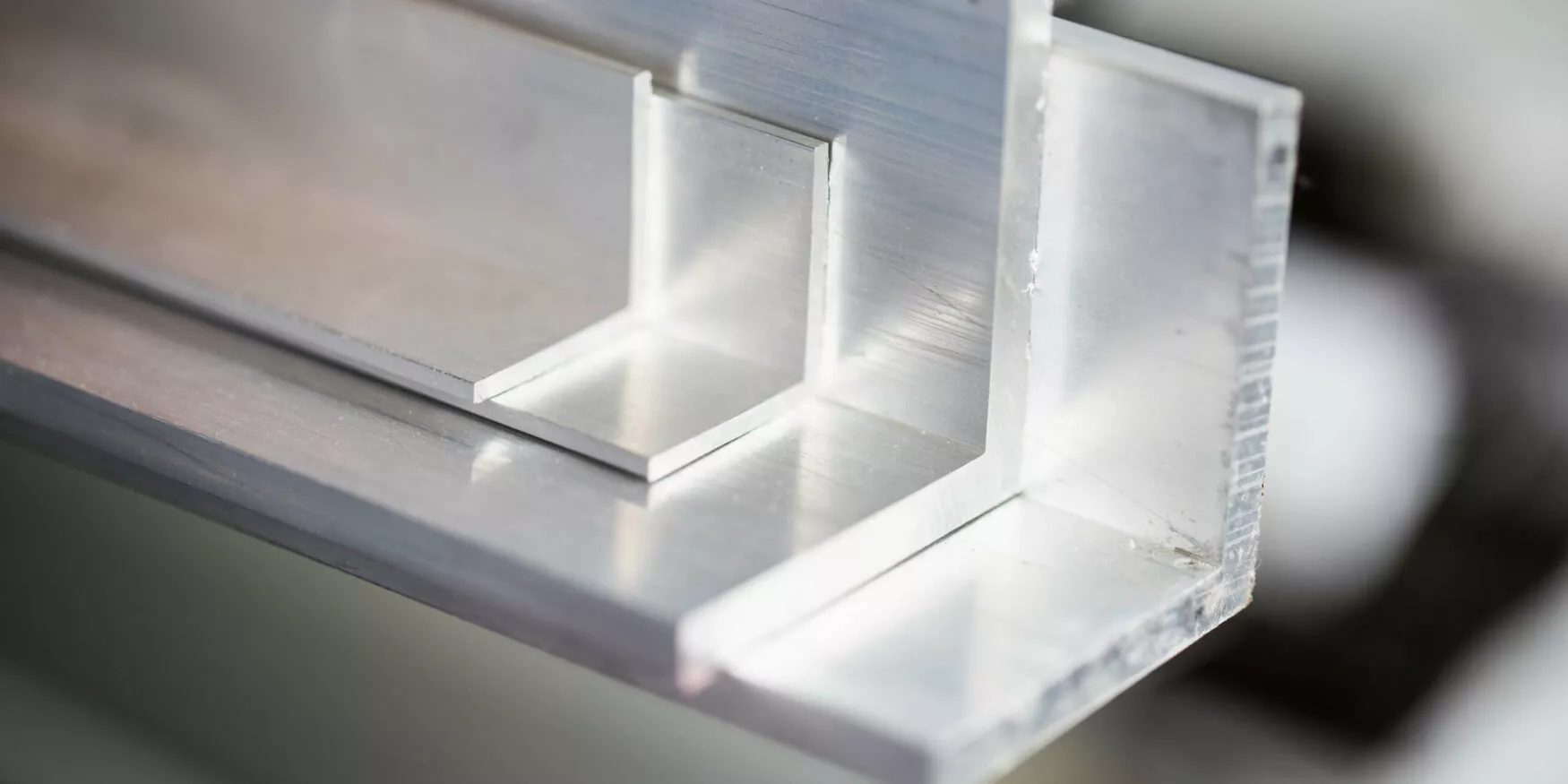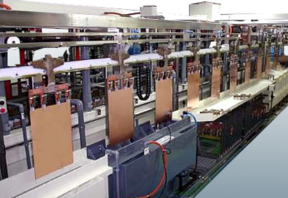Characterization of passivation layers
Question
How to accurately determine the thickness and composition of a passivation layer?
Passivation is a chemical process by which a “passive” film is formed to protect a metal or alloy against corrosion. This layer may appear naturally as a result of surface oxide formation, as on aluminum or titanium, for example. It can also be induced by an industrial process in which it is necessary to control the thickness and nature of the oxide formed in order to obtain effective protection against material ageing.
Expertise
Materia Nova has extensive expertise in anticorrosion treatments: formulation, ageing studies, characterization, etc.
Passivation layers are often very thin, ranging from a few nanometers to tens of nanometers. In this situation, standard techniques such as XRF (often used in surface treatment workshops) or Scanning Electron Microscopy (SEM) are unable to accurately determine their thickness. This measurement can be carried out using our surface characterization equipment such as XPS.
XPS is a surface analysis technique (5 to 10 nm depth of analysis) that provides information on the nature and quantity of the elements present, but also, thanks to the high-resolution mode, access to the oxidation state of metallic elements. This makes it possible to clearly distinguish between passivated and non-passivated materials. What's more, the erosion cannons can be used to dig into the material with great precision, enabling in-depth analysis (chemical profile).
The example below shows a profile produced on a passivation layer composed of zinc oxide and chromium oxide:
- Compositional analysis shows the presence of zinc, chromium and oxygen on the surface. High-resolution analysis confirms the oxidized state of zinc.
- the thickness of the passivation layer is estimated at 70 nm.
- Below the passivation layer is a zinc-nickel alloy substrate.

Solution
X-ray photoelectron spectroscopy (XPS) can be used to study the chemical composition of passivation layers and accurately estimate their thickness, particularly in situations where the layer is very thin.

